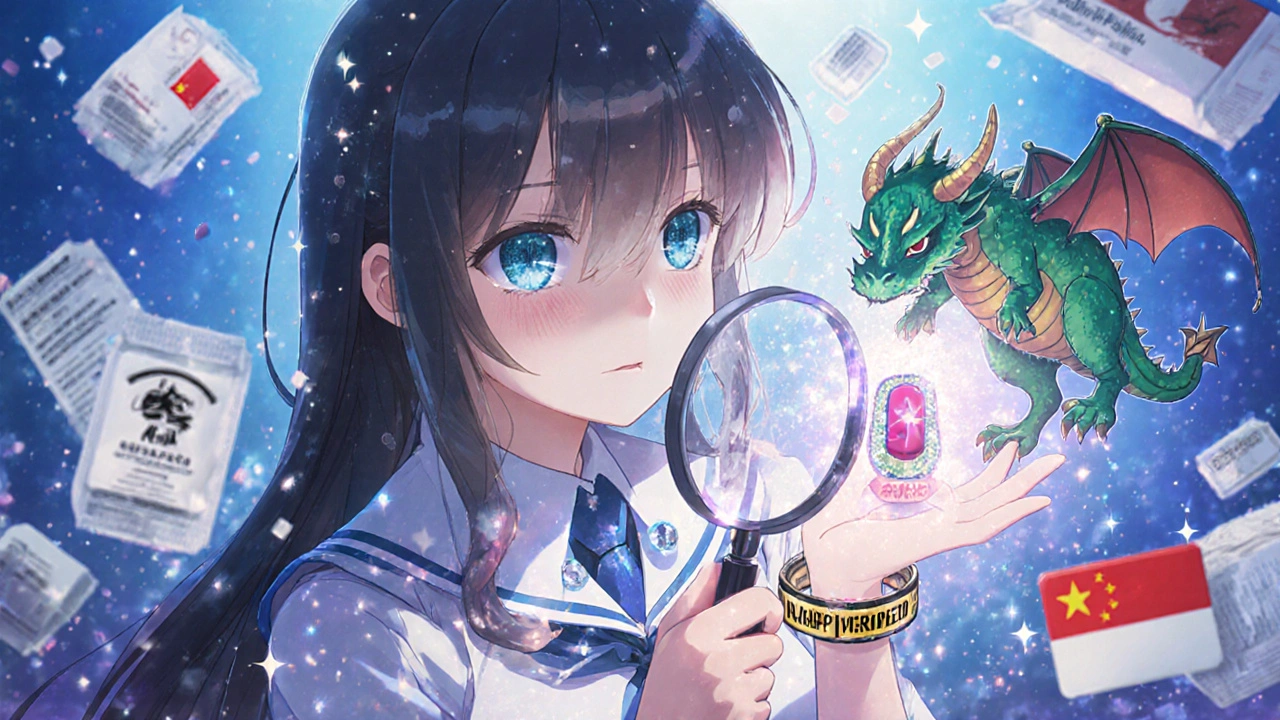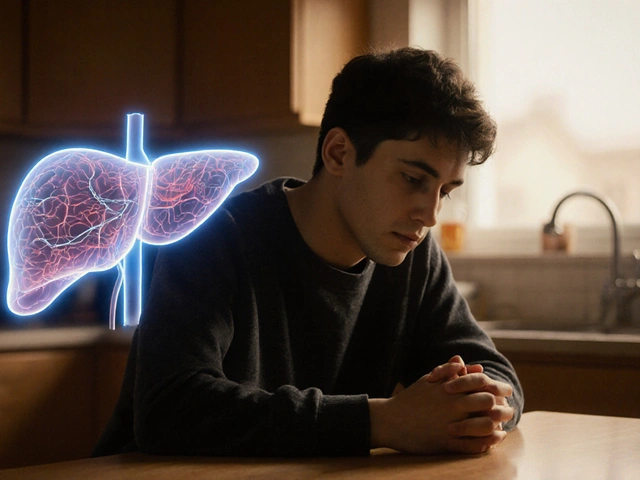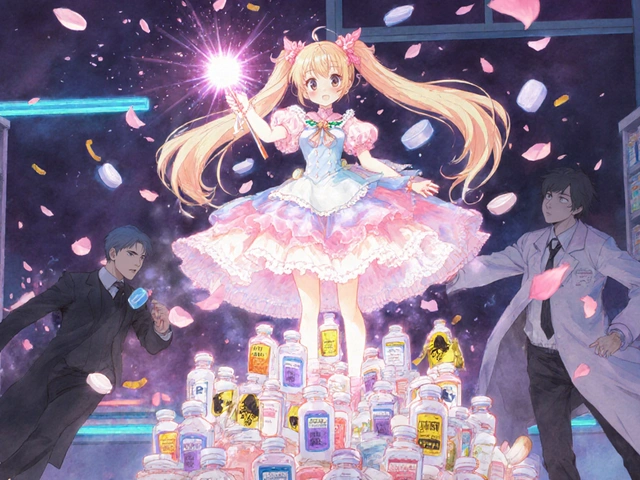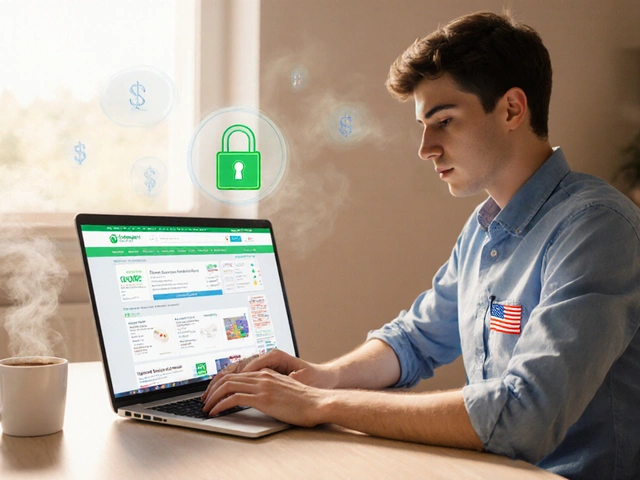Every year, millions of people take generic drugs believing they’re getting the same safe, effective medicine as the brand-name version. But what if that pill, capsule, or injection wasn’t made in a regulated lab at all? What if it was cooked up in a basement factory halfway across the world, packed in fake boxes, and slipped into your local pharmacy without anyone noticing? This isn’t science fiction. It’s happening right now - and the fake generic drug trade is growing faster than most people realize.
How Fake Drugs Are Made
Counterfeit generic drugs don’t just appear out of nowhere. They’re made on purpose, with one goal: to look real and make money. The production usually starts in hidden labs, often in countries with weak drug regulations - places like parts of Southeast Asia, Eastern Europe, and West Africa. These aren’t high-tech facilities. Many use basic printing machines, cheap chemicals, and off-the-shelf packaging materials. But don’t be fooled by the low-tech setup. The results are terrifyingly convincing.Counterfeiters copy the color, shape, size, and even the logo on the packaging with 95% accuracy. Some even replicate the tiny printing on the tablet itself - the kind most people never look at. Inside, instead of the real active ingredient, you might find chalk, flour, or worse: toxic substances like boric acid or rat poison. In some cases, they use a tiny bit of the real drug - just enough to make it seem like it’s working, but not enough to actually treat the condition. A 2021 study found that 77% of fake drugs detected in legitimate supply chains were oral pills, especially common ones like antibiotics, blood pressure meds, and antimalarials.
The 2008 heparin crisis is a chilling example. Patients in the U.S. started dying after receiving a blood thinner contaminated with a cheap, industrial-grade chemical from China. It wasn’t a fake brand - it was a real drug, but the raw material was poisoned. That case showed how even trusted supply chains can be breached at the very beginning - through a single corrupt supplier.
How They Sneak Into the Legitimate System
Once made, these fake drugs need to get into the hands of real patients. And they do - in three main ways.The first is parallel importation. Some countries have different pricing rules for the same drug. A generic drug sold cheaply in India might be imported into a high-price country like Germany or Canada, then sold as if it came from a local distributor. But if the importer isn’t authorized, there’s no way to verify the drug’s origin. Fake drugs slip in through these gray-market routes.
The second is grey market sales. Think of it like a middleman cutting corners. A wholesaler might buy a shipment of real pills from a legitimate source, then mix in a few boxes of fakes to boost profits. The boxes look identical. The pills are nearly impossible to tell apart without lab tests. Pharmacists don’t open every box - they trust the supplier. And that’s where the fraud works.
The third and fastest-growing route is online pharmacies. The National Association of Boards of Pharmacy found that 95% of online pharmacies selling drugs without a prescription are illegal. You might think you’re buying from a trusted site, but the website looks professional, has fake reviews, and even has a “verified” badge. In 2023, a Reddit user reported buying counterfeit Lipitor - the pills had the wrong scoring lines and a slightly different color. Lab tests later confirmed they contained no active ingredient at all.
Why Generic Drugs Are the Main Target
You might wonder: why go after generics? Why not fake the expensive brand-name drugs?Because generics are everywhere. The global generic drug market hit $438.7 billion in 2022. They’re the backbone of public health systems, especially in low-income countries. But because they’re cheap, manufacturers operate on thin margins. That means less money for security, less oversight, and more pressure to cut costs - which counterfeiters exploit.
Plus, generics don’t have the same brand loyalty as name-brand drugs. If you’re used to taking a $5 generic blood pressure pill, you’re not going to notice if the next batch looks slightly different. You assume it’s the same. That’s the perfect cover for fraud.
And the targets are deadly serious. The most common fake drugs are for heart disease, diabetes, antibiotics, and malaria. If you take a fake antimalarial, you don’t just get sick - you could die. And if you survive, you might develop drug-resistant strains of the disease, putting everyone at risk.

The Weak Links in the Chain
The pharmaceutical supply chain is long. A drug might start in a factory in China, get shipped to a distributor in Singapore, then moved to a warehouse in Poland, before finally reaching a pharmacy in New Zealand. At every step, there’s a chance for fraud.Only 40% of countries have any kind of track-and-trace system - meaning no one can follow a pill from factory to patient. Even in the U.S., where the Drug Supply Chain Security Act (DSCSA) requires full tracing by 2023, many smaller pharmacies still rely on paper records. In places like parts of Africa and South Asia, there’s often no system at all.
Another weak point? Theft. The Pharmaceutical Security Institute recorded 786 cases of drug theft in 2022. Stolen legitimate drugs are sometimes replaced with fakes before being resold. Or, the stolen drugs are sold on the black market, and counterfeiters use the same packaging to pass off their own products as the stolen ones.
And then there’s the problem of de-formulation. Generic drug makers reverse-engineer brand-name drugs to copy them. But if they get the formula wrong - or cut corners on quality control - they can accidentally produce a substandard product. These aren’t fake drugs, but they’re still dangerous. Between 2018 and 2023, dozens of generic blood pressure drugs were recalled because they contained cancer-causing chemicals. That’s not fraud - it’s negligence. But to a patient, it looks the same: a pill that doesn’t work, or worse, harms you.
How to Spot a Fake (And What to Do)
So how do you know if your medicine is real?First, buy from licensed pharmacies. If you’re buying online, check if the site is verified by the National Association of Boards of Pharmacy (NABP) or your country’s equivalent. Look for a physical address and a licensed pharmacist you can call. If the site only accepts cryptocurrency or doesn’t require a prescription, walk away.
Second, examine the packaging. Compare it to a previous bottle. Is the font slightly off? Are the colors duller? Is the expiration date printed in a different font? Are there spelling errors? These are red flags.
Third, check the pill itself. Does it look, smell, or taste different? Does it crumble easily? If you’re unsure, take it to your pharmacist. They can compare it to their records or contact the manufacturer.
And if you suspect something’s wrong? Report it. In the U.S., you can file a report with the FDA. In the EU, contact your national medicines agency. In New Zealand, report it to Medsafe. Your report could stop a batch before it reaches someone else.

What’s Being Done - And What’s Not
Some progress is being made. The EU’s Falsified Medicines Directive, introduced in 2019, requires unique identifiers on every medicine package and a verification system at pharmacies. Since then, counterfeit penetration in Europe has dropped by about 18%. Companies like Pfizer have stopped over 300 million fake doses since 2004 by working with customs and law enforcement.But the tools to fight counterfeits aren’t cheap. Adding a DNA tag or a hologram to each pill costs between 2 and 5 cents. For a company selling a $0.10 generic drug, that’s a big hit. Many manufacturers in low-income countries simply can’t afford it.
And new threats are emerging. In early 2023, Europol seized cancer drugs with AI-generated packaging - holograms so perfect they fooled even trained inspectors. The technology to make fake labels is now accessible to anyone with a laptop and an internet connection.
Without global coordination - standardized tracking, shared databases, real-time alerts - the problem will only grow. The OECD predicts counterfeit drugs could make up 5-7% of global medicine sales by 2030 if nothing changes.
The Real Cost
Behind every fake drug is a person who didn’t get better. A child who didn’t survive malaria. An elderly patient whose blood pressure kept rising because the pill was just sugar. A family that lost everything because they trusted a website that looked real.This isn’t just about money. It’s about trust. When people lose faith in their medicines, they stop taking them. And that’s when real public health disasters begin.
The system is broken - but it’s not hopeless. Stronger laws. Better technology. More training for pharmacists. And most of all - vigilance from patients. If you question your medicine, you’re not being paranoid. You’re being smart.
Next time you pick up a prescription - look at it. Ask questions. Report anything strange. You might just save a life - including your own.






Comments
giselle kate
November 26, 2025 AT 11:37 AMThis is why America needs to stop outsourcing everything to third-world labs. We used to make our own medicine-now we’re trusting some guy in a basement in Bengaluru to pump out pills that might as well be chalk dust. This isn’t capitalism-it’s national suicide. If you’re taking a generic pill and you didn’t buy it from a CVS in Ohio, you’re playing Russian roulette with your life.
And don’t give me that ‘but it’s cheaper’ crap. Your life isn’t a spreadsheet. We need to bring pharma back home-or start wearing tin foil hats and drinking boiled rainwater instead.
Also, why are we letting China control our medicine supply? That’s not a trade deficit-that’s a bioweapon waiting to happen.
Someone needs to burn down these overseas labs. And no, I’m not joking.
Trump was right about something for once.
Buy American. Or die.
Amy Hutchinson
November 28, 2025 AT 05:20 AMOMG I JUST REALIZED MY BLOOD PRESSURE PILLS LOOK DIFFERENT THIS MONTH??
Like, the letters on the pill are slightly crooked and the bottle cap doesn’t click the same way. I thought I was just getting old and paranoid. But now I’m freaking out. I’m taking them to my pharmacist tomorrow. I can’t believe I didn’t notice sooner. 😭
Archana Jha
November 29, 2025 AT 21:52 PMyou think this is bad?? wait till you hear about the 5g microchips in the pills that track your emotions and feed data to the cia through your toilet bowl. they put the nano-robots in the coating so when you swallow it, it syncs with your wifi. i know this because my cousin’s neighbor’s dog saw a documentary on youtube about how the who is working with big pharma to replace all real medicine with placebo drones. the real drug is kept in a secret bunker under mount rushmore. they only give us the fake ones so we stay docile. also, the color of the pill is chosen to match the frequency of your zodiac sign. if you’re a leo, they use orange dye because it suppresses your royal energy. i’ve been taking my meds since 2018 and i’ve had 3 dreams about pills with tiny eyes. they’re watching us. always.
ps: my neighbor says the pharmacist is a robot. he never blinks. and he smiles too wide.
Aki Jones
December 1, 2025 AT 03:41 AMLet’s be clear: this isn’t just about counterfeit drugs-it’s a systemic collapse of pharmaceutical integrity, driven by deregulation, profit-driven supply chain fragmentation, and the commodification of human health. The FDA’s DSCSA implementation is a performative gesture-95% of traceability is still manual, paper-based, and audit-proofed by third-party contractors who have zero incentive to flag anomalies.
And don’t get me started on the ‘grey market’-that’s just corporate-sanctioned laundering. Distributors are legally allowed to repackage, rebrand, and redistribute under the guise of ‘efficiency.’ Meanwhile, patients are dying from subtherapeutic dosing because someone cut corners to hit a quarterly target.
The real villain? The 2003 Medicare Modernization Act, which incentivized generics without mandating bioequivalence verification. That’s not policy-it’s negligence with a PR team.
And now AI-generated packaging? That’s not innovation. That’s the endgame. The algorithm doesn’t care if you live or die. It just wants the click-through rate on the ‘Buy Now’ button.
Wake up. This isn’t a glitch. It’s architecture.
Sharley Agarwal
December 2, 2025 AT 18:20 PMPeople are dying because they trust the system.
It’s sad.
And stupid.
You think your pharmacist cares?
They’re paid by the hour.
You’re just another number on a screen.
Stop waiting for someone else to fix it.
You’re on your own.
prasad gaude
December 4, 2025 AT 17:55 PMBack home in Kerala, my aunt takes her diabetes pills from a roadside shop. The box says ‘Glucophage’-but the Hindi on the side is printed crooked. She doesn’t know the difference. She just knows the pills make her feel better. I told her to stop. She said, ‘Beta, if I don’t take them, I die. If I take them and die… at least I tried.’
We think this is a problem of labs and logistics. But it’s really a problem of dignity. When you’re poor, you don’t get to demand FDA-approved packaging. You get what’s in front of you.
And if that’s fake? Well. At least it’s something.
Maybe the real crime isn’t the counterfeit pill.
It’s the world that made her choose.
Srikanth BH
December 5, 2025 AT 18:41 PMIt’s scary, yeah-but we can still fight this. Start by checking your pharmacy’s license online. Ask your pharmacist where the drugs come from. Support local pharmacies over big chains. And if you see something weird? Report it. Even one report can trigger an investigation.
Also, if you’re on meds long-term, ask for a sample from a different batch. Compare them. You’ll be surprised how often the color or shape changes. That’s not normal.
Knowledge is power. And you’re not alone in this. There are groups working to expose this stuff. Join one. Speak up. It matters.
Jennifer Griffith
December 7, 2025 AT 12:49 PMwait so like… if i buy my adderall off a guy on instagram and it looks kinda off… does that count as fake? because i swear it works better than the pharmacy one. maybe the real one is watered down?? 🤔
Kimberley Chronicle
December 8, 2025 AT 00:40 AMInteresting read. I work in health systems procurement in London, and we’ve started piloting blockchain-based serialization for high-risk generics. It’s expensive, but the ROI is clear: last year, we blocked 17 suspect shipments before they reached hospitals. The tech exists. What’s missing is political will and cross-border data sharing.
Also, I’d love to see more public education campaigns-not just ‘check your pills,’ but ‘know your supply chain.’ Most people don’t realize their insulin might have passed through 7 countries before hitting their fridge.
Transparency isn’t a luxury. It’s a lifeline.
Shirou Spade
December 8, 2025 AT 11:49 AMThere’s a quiet violence in how we treat medicine. We treat it like a commodity-like a can of beans you buy on sale. But pills aren’t beans. They’re coded molecules that interact with your soul’s machinery. When you fake a pill, you’re not just cheating a company. You’re breaking a covenant between human beings: the promise that science will protect you.
And when that promise breaks? We don’t just get sick.
We stop believing.
And once that’s gone? Nothing else matters.